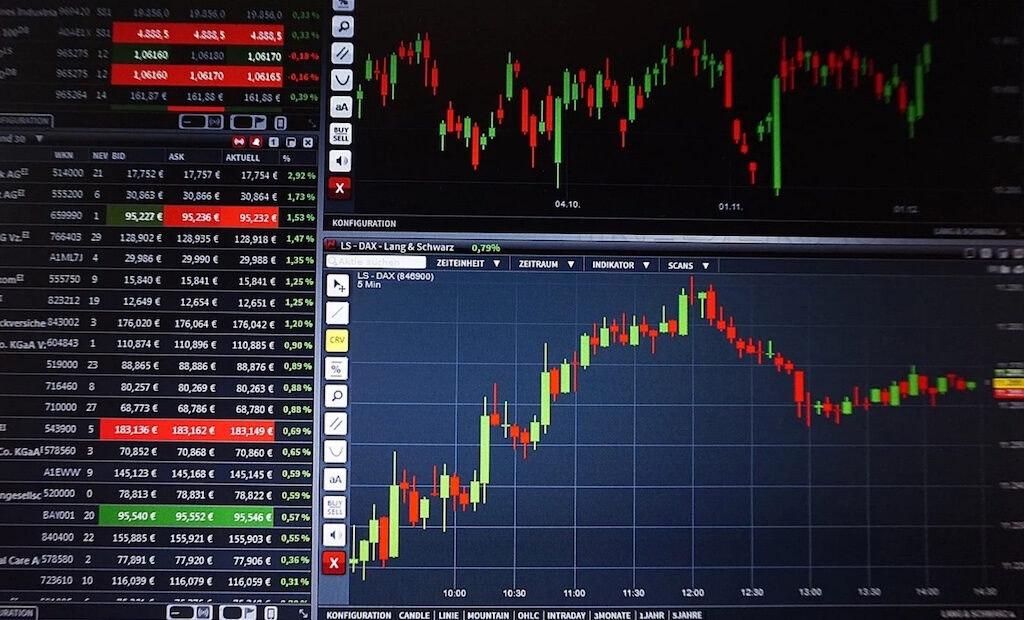Seven things to consider when investing in ISA in 2025

Individual Savings Accounts have become one of the UK’s favourite investment strategies, and millions of adults and children alike have active ISAs with the intention of reaching their financial goals. But as we move into 2025, what are the key things to remember when using an ISA to build our wealth?
There’s little doubt that ISAs are the most sustainable way of building a nest egg for many of us. Their tax-free status and flexibility when it comes to withdrawing means that you can build your savings effectively without fearing the tax man coming to eat into your profit margins.
Despite their clear tax benefits, opening an ISA doesn’t guarantee smooth sailing towards your financial goals. With this in mind, let’s take a look at seven things to consider when investing in an Individual Savings Account in 2025:
Make sure you’re on top of your allowances
Every adult who opens an ISA gets a tax-free allowance of £20,000 each tax year. Here, it’s important to remember that although we’re now in 2025, we’re still in the 2024/25 tax year, and this means that your allowance won’t reset until April.
ISAs are designed to protect your investments from capital gains, dividends, and income tax, and it’s for this reason that using your Individual Savings Account to its full potential and working towards reaching your allowance is important.
Of course, many of us won’t be capable of saving £20,000 each year, but creating a plan to invest as much as possible without losing your day-to-day financial comfort can be a major advantage in saving effectively while keeping on top of your daily expenses.
Plan ahead for passing tax thresholds
Although ISAs were largely left unscathed by Labour’s budget in October, the decision to freeze income tax thresholds until the 2027/28 tax year will see more people enter higher tax brackets in 2025 and beyond.
As a result, you should plan your ISA strategy to reap its tax-free benefits while preparing to reach higher tax bands. Whether this means switching to a more stable Cash ISA as opposed to the volatility of Stocks and Shares ISAs or adapting your monthly savings, it’s important to take this matter into account sooner rather than later to avoid any unwanted surprises on your pay slip.
Dividends could compound your savings
Although the financial outlook for 2025 is uncertain with geopolitical unrest causing much market volatility in recent months, you could tap into a consistent income with the help of dividend stocks in a Stocks and Shares ISA.
Because dividend stocks can pay quarterly, you can compound your profits without having to exceed your £20,000 annual allowance. Because these dividends go straight into your ISA, you’re free to reinvest them without incurring a tax penalty.
Dividends aren’t guaranteed and can be reduced, so you must pick a stock with a strong history of growth for your ISA, and the City of London Investment Trust (LSE: CTY) has been a popular FTSE 100 dividend stock for consistent dividends in recent years.
Cash or stocks and shares?
With the economic outlook for 2025 clouded, many savers could be considering whether to use a Cash ISA based on fixed rates, or a Stocks and Shares ISA based on domestic or international markets to grow their wealth.
Choosing the right ISA will depend on your needs and financial goals. While Cash ISAs bring stability, Stocks and Shares ISAs offer far higher earning potential with some added risk.
If you’re unsure of which ISA is right for you, you can always open both a Cash and Stocks and Shares ISA and split your savings between the two while you decide which one you’re most comfortable using.
Is it time to go for a lifetime ISA?
Launched in 2017, the Lifetime ISA (LISA) is a younger iteration of the traditional Individual Savings Account and provides a 25% state bonus on your savings, which you could use for buying your first home or for retirement.
Although you can only save a maximum of £4,000 per year into a LISA and use the bonus to buy property worth up to £450,000, this savings strategy could be ideal if your financial goals are more focused on buying your first house.
If you fall between the 18 and 39 age range for a Lifetime ISA, it could be the ideal way for you to save towards a big purchase.
Fees could make a big difference
2025 could be a challenging year for the cost of living, and this may mean that your ISA fees will add up more over the months ahead.
Considering that a difference of just 0.5 per year more in portfolio fees could lead to losses of up to £100,000 over a 30-year time frame, taking that extra time to assess whether you can get cheaper fees from a reputable provider elsewhere could make a world of difference.
Should you transfer providers?
We can expect more base rate movements over the coming months, and this could help to deliver more competitive Cash ISA rates among providers. If you feel that your Cash ISA is falling behind in terms of long-term earnings potential, 2025 could be the perfect time to switch providers.
It’s worth conducting a regular audit of your ISA options to price-check factors like your fees, rates, and flexibility to continue to ensure that your savings are well-aligned with your financial goals.
Choosing the best strategy for 2025
2025 will be a year of fresh challenges and opportunities alike for UK savers. ISAs will remain the most tax-efficient way to build your wealth in the new year, but there are still some pitfalls to avoid. By taking the right considerations for your savings, you can ensure that you continue to move in the right direction in achieving your financial goals over the year ahead.
The editorial unit


















Facebook
Twitter
Instagram
YouTube
RSS